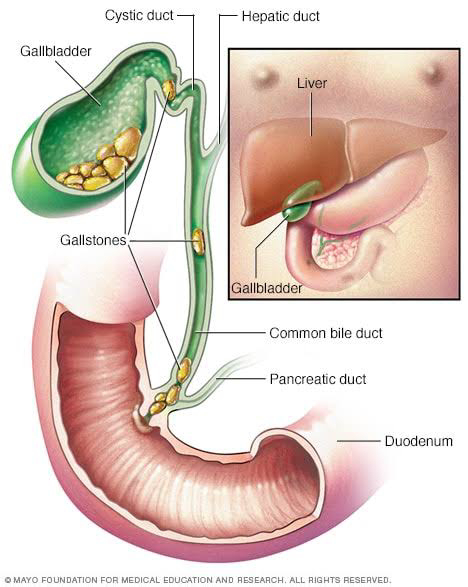⭐NEPHROTIC SYNDROME ⭐

⭐NEPHROTIC SYNDROME ⭐ A disorder of kidney which is characterized by Proteinuria, Oedema, Hypoalbuminemia ,Hyperlipidemia and sometimes Hypertension. ( #Proteinuria - presence of abnormal quantities of protein in urine. # Hypoalbuminemia - decreased levels of albumin in blood. # Oedema - swelling caused by build up of fluid. # Hyperlipidemia - Increased levels of lipids in blood. # Hypertension - high blood pressure.) ⭐⭐⭐⭐⭐ 1) PATHOPHYSIOLOGY of nephrotic syndrome:- (A) In nephrotic syndrome, there is increase in permeability of glomerular capillaries which leads to proteinuria. This increase in permeability may be due to :- (I) Glomerular inflammation - there is damage to glomeruli due to cytokines and permeability factors released during inflammation. (II) Change in charge of GBM i.e

